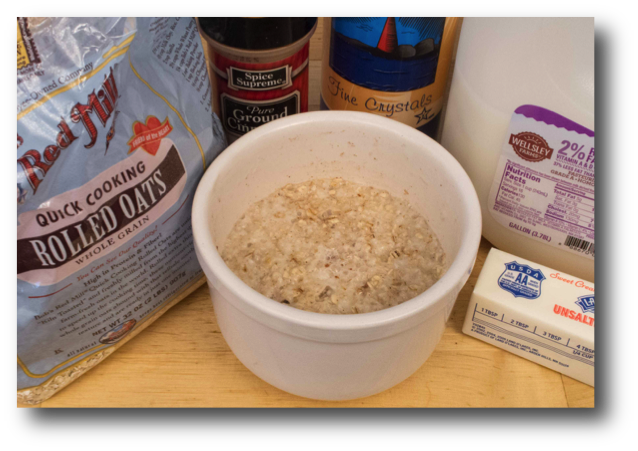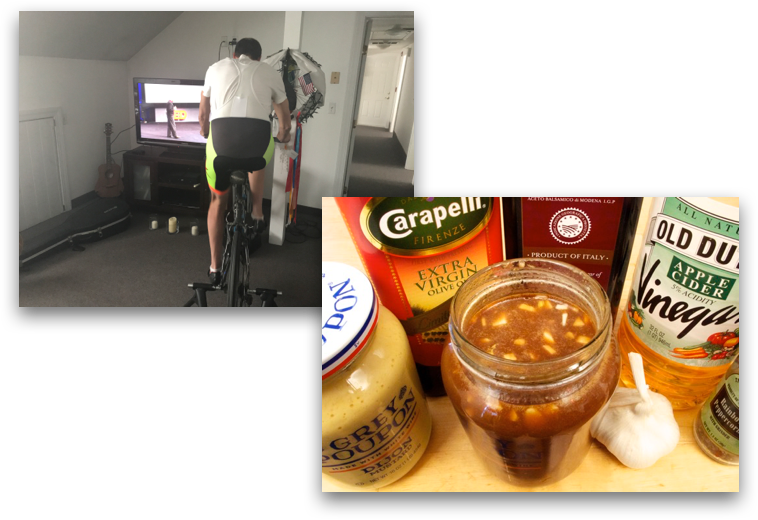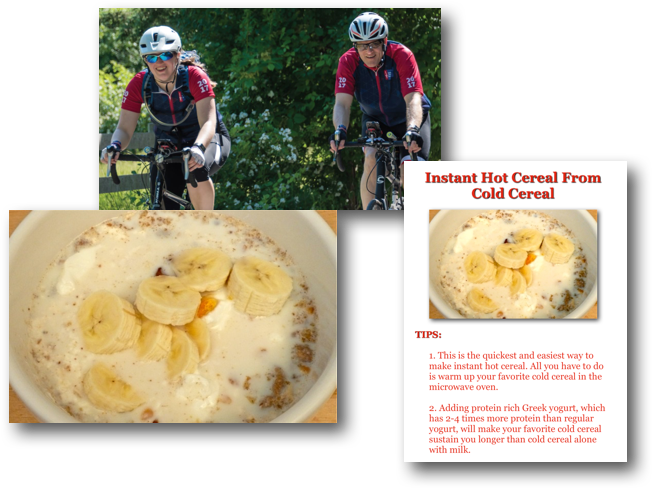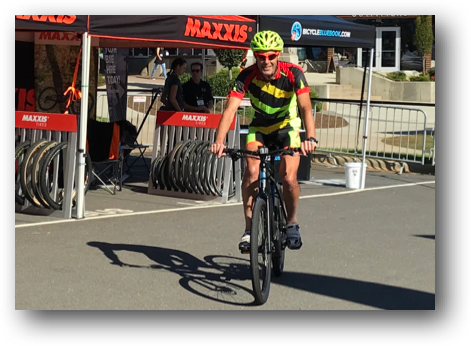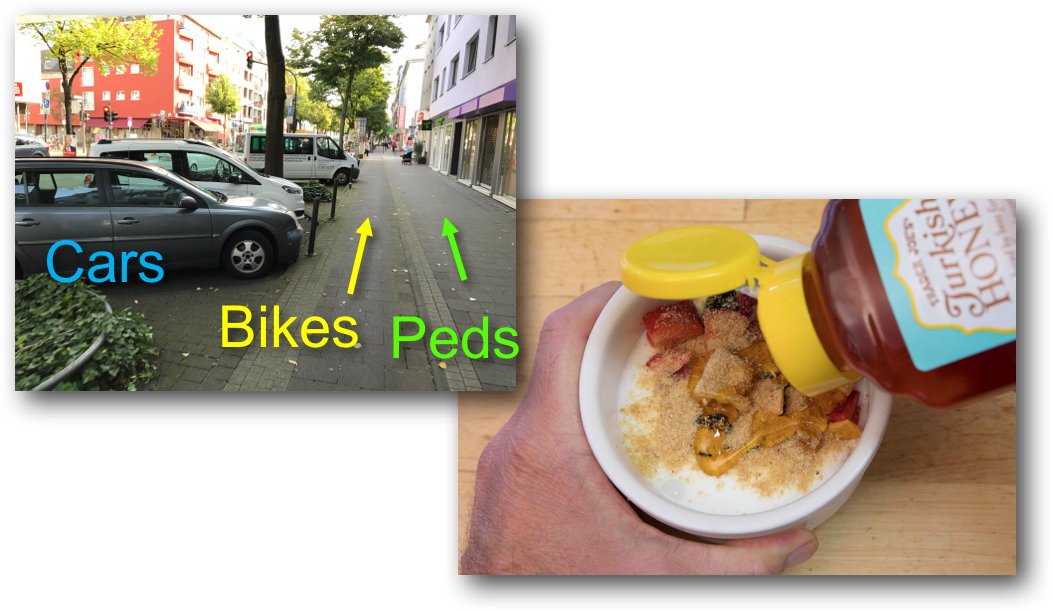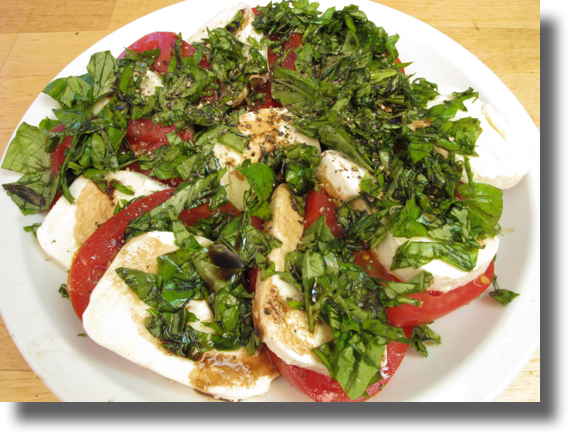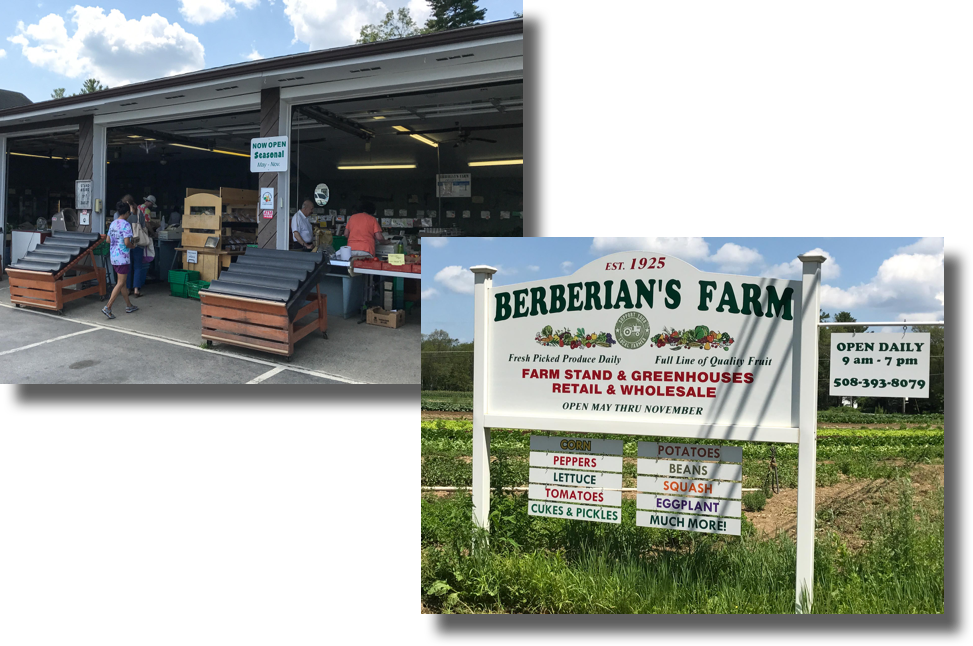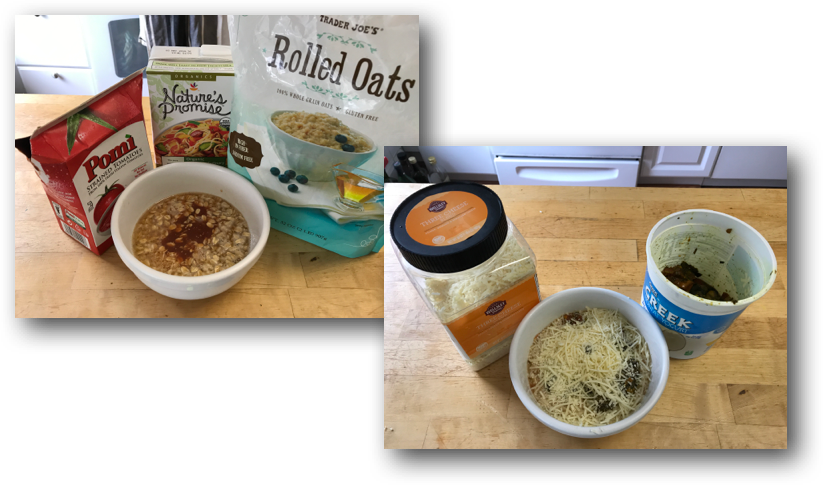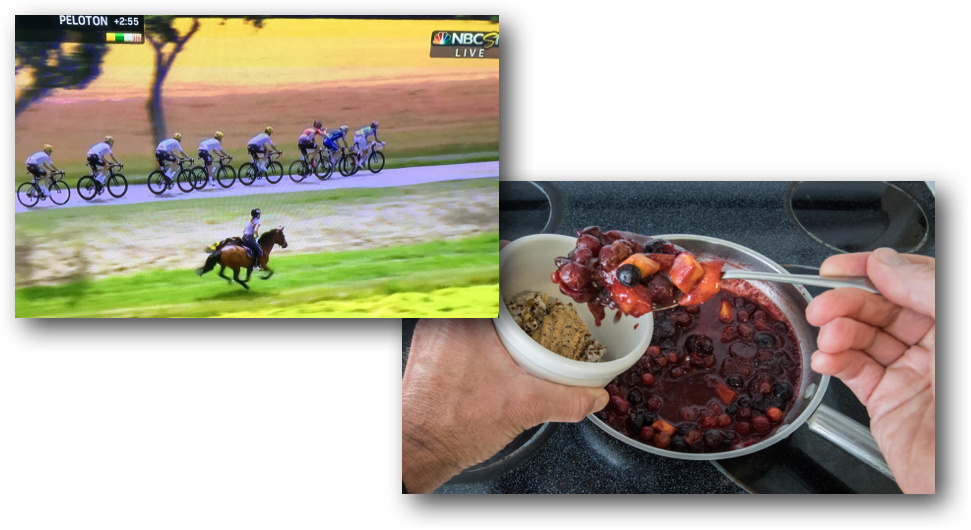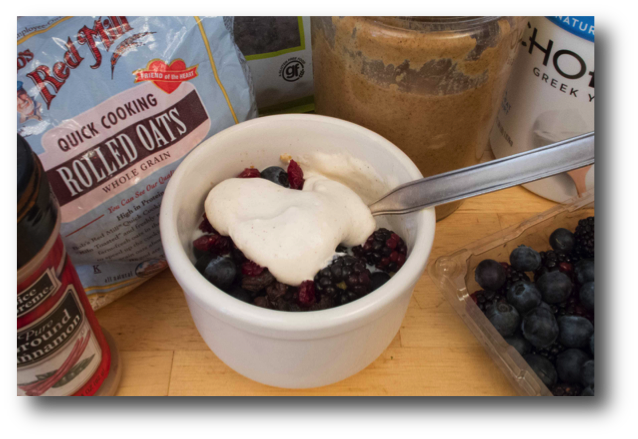 Here’s how to vary the flavor and supercharge oatmeal by adding protein and some fat to keep you fueled and satisfied for any kind of endurance athletic or physically demanding activity. First, though, a couple quick notes:
Here’s how to vary the flavor and supercharge oatmeal by adding protein and some fat to keep you fueled and satisfied for any kind of endurance athletic or physically demanding activity. First, though, a couple quick notes:
1. Flavor and taste – most important – are exceptionally personal. The ingredients you see below work great together – for me – but my taste is not your taste. For example, you’ll see in the picture below that I use plain nonfat Greek yogurt, which I love for its flavor, thick texture, and high protein content. You, however, might not like Greek yogurt – or any yogurt at all for that matter – and that’s ok. Skip it, replace it with something else – and do the same for any other ingredient you see below to make your simple to exciting oatmeal all yours. Read more »

 May 14th, 2018
May 14th, 2018 

